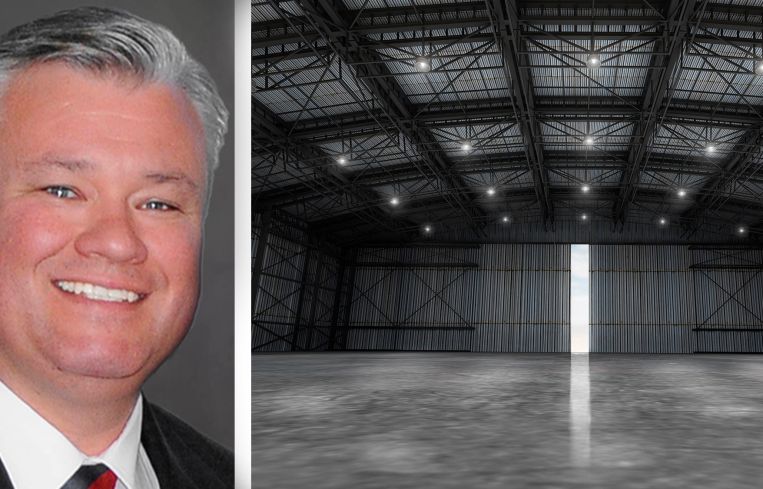L.A. County Industrial Market’s Growth Declines Further in Second Quarter: Report
Asking rents fell more than 15% since last year. Vacancy rose for the ninth straight quarter as new construction pads market inventory.
By Nick Trombola July 9, 2024 5:46 pm
reprints
Los Angeles County’s industrial market may not have the size or pull of its neighbor in California’s Inland Empire, though it is experiencing a similar level of decline brought about by economic forces.
The industrial vacancy rate in L.A. County rose to 5.3 percent in the second quarter of this year, the ninth consecutive quarter of rising rates since vacancy was around 1 percent after the COVID-19 pandemic, according to a new market report from NAI Capital.
The rising vacancy can largely be attributed to newly added supply. L.A. County has added some 3.3 million square feet of new industrial space since the beginning of this year, an increase of 48 percent compared to the first half of 2023. Such a vast increase of space, amid waning demand, has resulted in 8.3 million square feet of negative absorption so far this year.
Rent prices have followed suit. Average asking rent for industrial space this past quarter was $1.52 per square foot, a decline of 7.9 percent quarter-over-quarter and 15.6 percent year-over-year.
Sales volume has also taken a beating lately. The amount of industrial sales happening in the county dropped 67 percent quarter-over-quarter, and is down 33.5 percent in the first half of this year compared to the second half of 2023. Sales dollar volume also plummeted this quarter, down nearly 70 percent from the previous one.
Transaction volume this past quarter was again propelled in part by Rexford Industrial Realty, which in May acquired a four-building portfolio in Irwindale, Calif. for $48.5 million.
Leasing volume in the county fared slightly better than sales, rising 8 percent quarter-over-quarter, yet the 17.4 million square feet leased so far this year is still a decline of 6 percent year-to-date.
NAI Capital predicts even slower growth into the second half of 2024, as continually high interest rates and low demand flush property prices even further.
“Lower leasing velocity remains a concern while providing an impetus for favorable deals,” J.C. Casillas, managing director, research for NAI Capital, told Commercial Observer in an email. “The increase in the number of options for warehousing will drive the market as companies seek out flexible solutions to meet evolving demand. Excess space will continue to look to be back-filled.”
Nick Trombola can be reached at ntrombola@commercialobserver.com.



